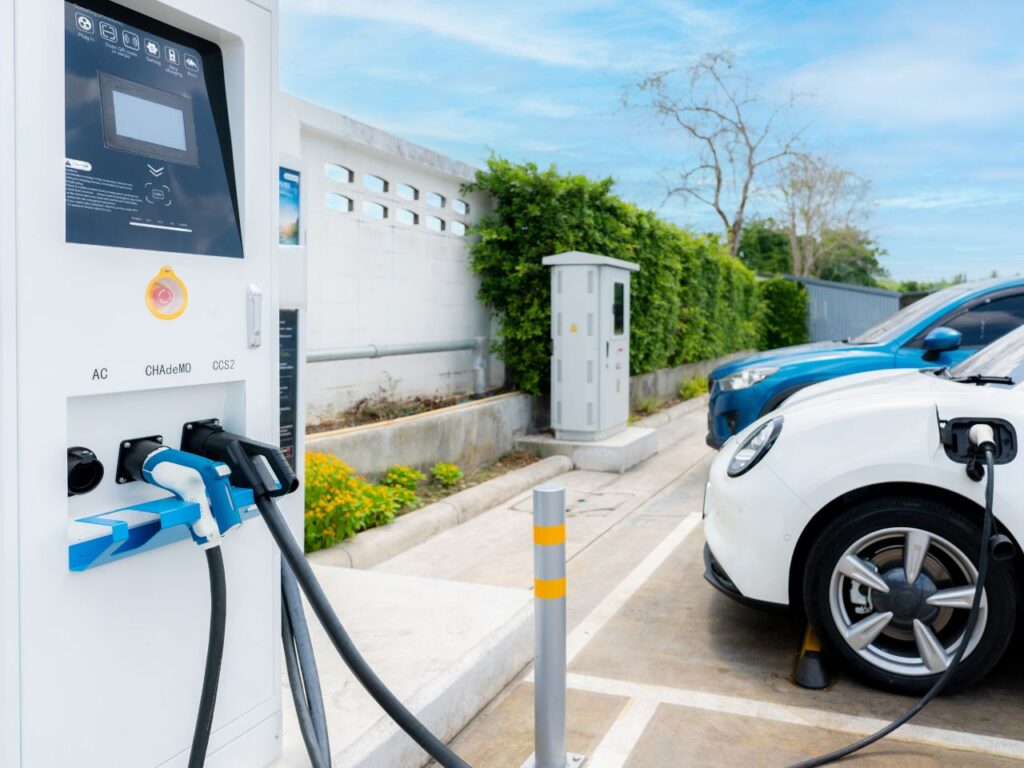Electric Vehicles and Car Shipping: What You Need to Know

The rise of electric vehicles (EVs) has transformed the automotive landscape, offering eco-friendly alternatives to traditional internal combustion engine (ICE) vehicles. With EV ownership on the rise, many owners are faced with the need to ship their vehicles domestically or internationally. However, shipping an EV comes with unique considerations compared to conventional cars. Here’s what you need to know about shipping an electric vehicle.
1. Understand the Weight Difference
EVs are typically heavier than traditional cars due to their large battery packs. This added weight can:
- Impact shipping costs: Shipping companies may charge more for heavier vehicles.
- Affect carrier choice: Some carriers have weight limits, so ensure the carrier you select can accommodate your EV.
2. Battery Safety Regulations
The lithium-ion batteries in EVs are considered hazardous materials, requiring special handling:
- State of Charge (SOC): Many carriers require the battery to be partially charged (usually 20–50%) to minimize risks during transport.
- Compliance with regulations: Ensure the shipping company adheres to national and international hazardous material transportation guidelines.
3. Choose the Right Transport Method
EVs can be shipped using open or enclosed transport. Here’s how to decide:
- Open transport: More affordable but exposes the car to weather and road debris.
- Enclosed transport: Ideal for high-value EVs (like Teslas or Porsche Taycans) to protect against external elements.
4. Check for Charging Infrastructure
When shipping your EV to a new location, ensure there are sufficient charging stations at the destination:
- Domestic shipping: Research the local charging network if relocating within your country.
- International shipping: Check compatibility with charging plugs and voltage standards in the destination country.
5. Protect the Battery During Transit
To ensure your EV arrives in optimal condition:
- Turn off the vehicle: Ensure it is powered down completely.
- Disable unnecessary systems: Switch off any security alarms or automatic functions to prevent battery drain.
- Document battery health: Take note of the charge level and any existing issues before shipping.
6. Insurance Coverage for EVs
Electric vehicles are a significant investment, and shipping insurance is crucial:
- Verify coverage: Confirm the shipping company offers insurance that covers EV-specific components, like the battery.
- Document pre-shipping condition: Take detailed photos of your EV before handing it over to the carrier.
7. Understand Charging and Handling Protocols
Not all shipping companies are familiar with EV-specific needs. Ask these questions:
- Is the carrier experienced with EVs? Choose a company with a track record of transporting electric vehicles.
- Do they provide charging options? Some companies offer recharging services during transit if the vehicle needs to be operational upon delivery.
8. Cost Considerations
Shipping an EV may cost more than a traditional vehicle due to:
- Weight: Heavier vehicles incur higher fees.
- Special handling: EV-specific protocols may add to the cost.
- Insurance: Additional insurance for battery and electronic systems might increase expenses.
9. Legal and Regulatory Compliance
Ensure compliance with relevant regulations for EV shipping:
- Domestic laws: Understand local transportation laws and requirements.
- International laws: If shipping overseas, check customs rules and restrictions on EVs and their batteries.
10. Plan for Delivery Challenges
At delivery, you may face unique challenges, such as:
- Battery charge level: Ensure the car has enough charge to reach a nearby charging station.
- Inspection: Thoroughly inspect the vehicle for any damage incurred during shipping.
Red Flags to Watch For
- Companies that lack experience with EV shipping.
- Carriers offering extremely low quotes without discussing EV-specific needs.
- Lack of clear guidelines on battery handling and safety.
Conclusion
Shipping an electric vehicle requires careful planning and understanding of its unique needs. From battery safety to regulatory compliance, choosing an experienced shipping company is key to ensuring a smooth process. By considering weight, insurance, and transport methods, you can protect your EV and ensure it arrives safely at its destination. Whether moving domestically or internationally, proper preparation makes all the difference.
Latest articles

5 min read
Preparing Your Vehicle for Cross-Country Shipping
Shipping your car across the country requires more than just booking a transport service—it deman...

5 min read
The Role of Auto Transport Brokers vs. Carriers
When it comes to shipping a car, understanding the roles of auto transport brokers and carriers i...

5 min read
How to Choose Between Open and Enclosed Auto Transport
When shipping a car, one of the most critical decisions is choosing between open and enclosed aut...